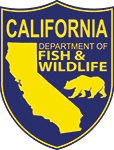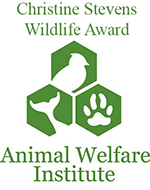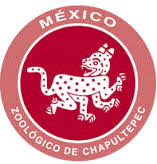You are now a first-hand witness to the compelling conservation success story of the mighty California condor. In 1982 there were only 22 of these awe-inspiring birds with massive 9.5-foot wingspans left on the planet. Now there are more than 450! Peer into the daily lives of an ancient and revered species through the first California condor live-streaming nest cam.
But California condors are still endangered, and every chick is vitally important to the survival of the species.
The live cams are done for the season, but you can check out some highlight reels below.
For more information about California condors, and conservation efforts, visit the Cornell Lab of Ornithology website.
Highlights from the Devils Gate Nest
Male Stands Front and Center in Devils Gate
The male condor gives a preview of his 9 foot wingspan when he decides to perch on a rock pile right outside the Devil’s gate nesting cavity. Moments later, the chick rounds the corner, keeping its balance with outstretched wings as it meanders off cam. If all goes well, it’s hard to imagine that the lumbering chick will grow wings equal to the size of its father’s in a mere 5 months.
Male Condor #206 Feeds His Chick at Devils Gate
Watch the male condor feed his chick at the Devil’s gate nest. Adult condors feed their young by regurgitating carrion that they scavenge from land and marine mammals such as deer, cattle, pigs, rabbits, sea lions, and whales.
Condor Nest Guarding
In 2007, the Santa Barbara Zoo and U.S. Fish and Wildlife Service implemented a Nest Guarding Program in Southern California with the goal of identifying leading causes of nest failure and increasing the number of wild-fledged chicks. Nest guarding combines monitoring nests using real-time volunteer and staff observations with routine periodic nest entries to detect possible threats. If threats to the nest are detected, they are mitigated with intervention activities (i.e., cleaning microtrash, administering medical treatment) in order to prevent the nest from failing. Since its implementation, the Nest Guarding Program has proven to be effective and has dramatically increased nesting success!
Conservation Status
In 1982, the world’s population of California condors dropped to just 22 individuals. By 1987, the few remaining wild condors had been captured for a captive breeding program. Today, there are more than 400 condors in the world, with more than half flying free in the wild. But there is still work to be done: the IUCN lists them as “Critically Endangered.”

Don’t Feed Wildlife!
Some animals are naturally curious, like California condors. But it is not a good idea to feed wildlife. While young and impressionable, condor 327 was fed by humans in the wild, and then associated people with food. That is a potentially harmful behavior, for humans, condor 327, and the rest of the condor flock. It’s the same with raccoons, deer, and other wildlife you might encounter. Help keep wild animals wild…don’t feed wildlife.
We would like to thank the following conservation partners for their support of the Condor Cam and for their support of the Zoo’s fieldwork with the California condor.



























